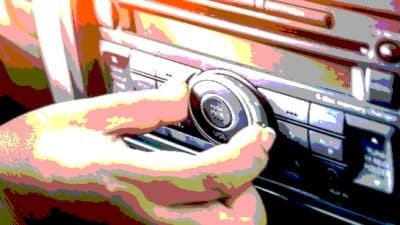
“In just 10 minutes, a car can heat up by as much as 20 degrees, enough to kill a child left alone in the vehicle”, said Martha Mitchell Meade, manager of Public and Government Affairs for AAA Mid-Atlantic. “One child dies from heatstroke nearly every 10 days in the United States from being left in a car or crawling into an unlocked vehicle. What is most tragic is that every single one of these deaths could have been prevented.”
“It is critical that motorists are uncompromising on this issue and simply make a habit of never taking any chances by leaving children or others in hot cars. A minute or two can be deadly and can also easily turn into five to ten minutes if you run into a friend or there is a line at the check-out,” added Meade.
AAA and the NHTSA urges all parents and caregivers to do these three things:
- NEVER leave a child in a vehicle unattended.
- Make it a habit to look in the back seat EVERY time you exit the car.
- ALWAYS lock the car and put the keys out of reach.
If you are a bystander and see a child in a hot vehicle:
- Make sure the child is okay and responsive. If not, call 911 immediately.
- If the child appears to be okay, attempt to locate the parents or have the facility’s security or management page the car owner over the PA system.
- If there is someone with you, one person should actively search for the parent while the other waits at the car.
- If the child is not responsive or appears to be in distress, attempt to get into the car to assist the child—even if that means breaking a window—many states have “Good Samaritan” laws that protect people from lawsuits for getting involved to help a person in an emergency.
Know the warning signs of heatstroke, which include red, hot, and moist or dry skin; no sweating; a strong rapid pulse or a slow weak pulse; nausea; confusion; or acting strangely. If a child exhibits any of these signs after being in a hot vehicle, quickly spray the child with cool water or with a garden hose— NEVER put a child in an ice bath. Call 911 or your local emergency number immediately.
A child’s body temperature can rise up to five times faster than an adult’s and heatstroke can occur in outside temperatures as low as 57 degrees. On an 80-degree day, a car can reach deadly levels in just 10 minutes.
“More than half (54%) of all vehicle-related heatstroke deaths in children are caused by a child being left in the car, and 28 percent are from a child getting into a hot car unsupervised,” said Meade. “We want to get the word out to parents and caregivers: please Look Before You Lock.”










